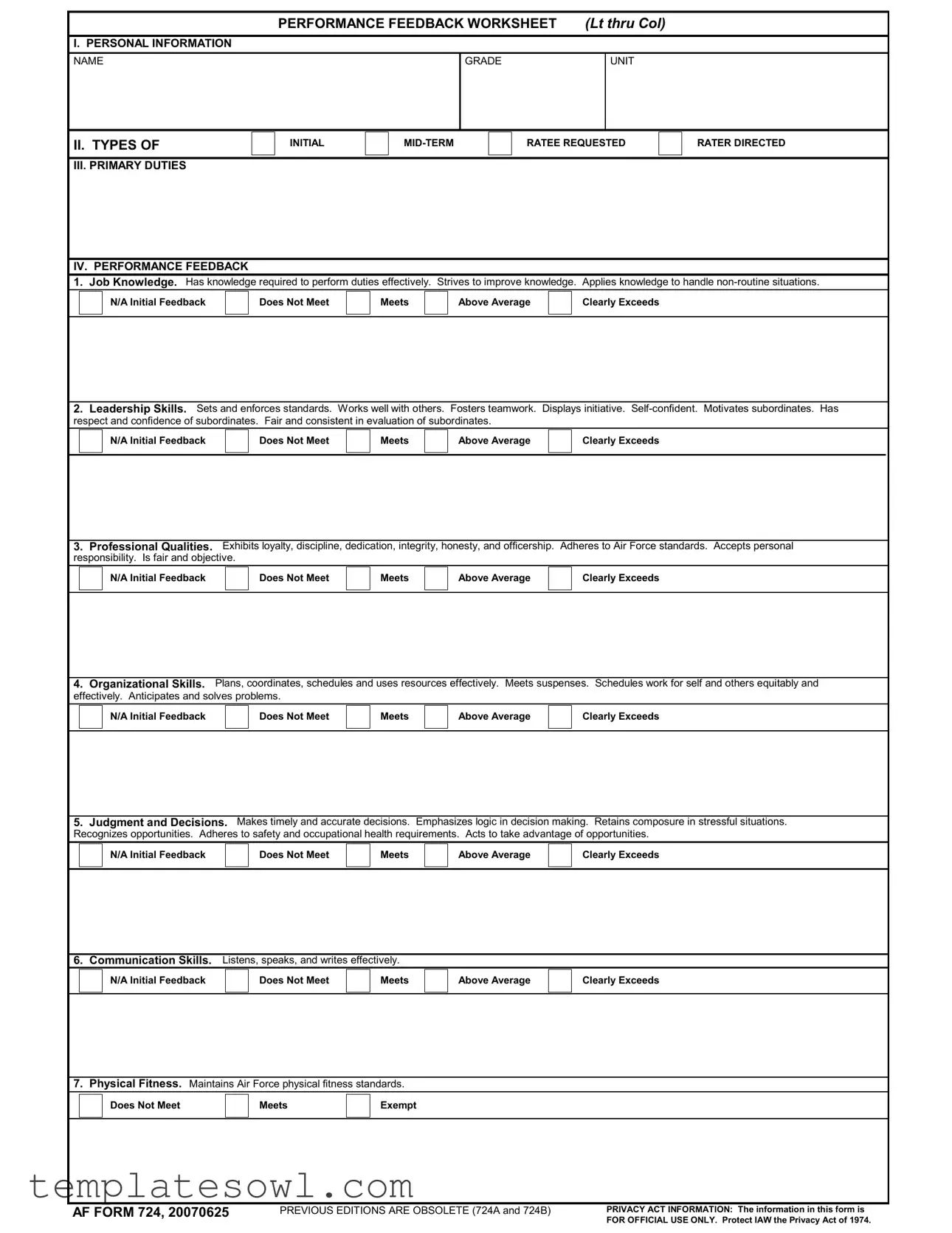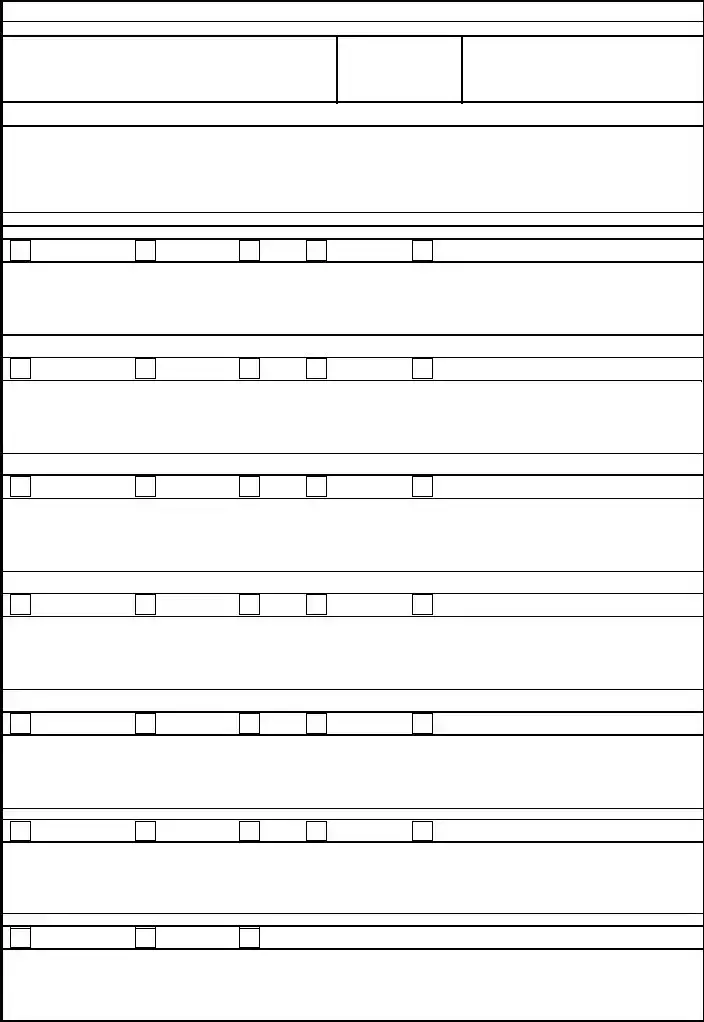What is the 724 form?
The 724 form is a specific type of document used for reporting purposes in various administrative and regulatory settings. It serves to gather essential information efficiently. Understanding the purpose of this form can help individuals or organizations fulfill their reporting obligations accurately.
Who needs to fill out the 724 form?
Typically, entities that are required to provide specific information to government agencies or regulatory bodies will need to fill out the 724 form. This could include businesses, nonprofit organizations, or individuals who engage in activities that necessitate reporting. Ensure that you check the requirements pertinent to your situation.
How do I obtain a 724 form?
You can often find the 724 form on the relevant agency’s website. Many regulatory bodies provide downloadable versions of their forms. Alternatively, it may be possible to request the form directly from the agency if you cannot find it online.
What information is typically required on the 724 form?
The information required on the 724 form can vary based on its intended use. Generally, it may ask for identification details, relevant dates, and descriptions of activities being reported. Always review the instructions carefully to ensure all necessary details are included.
Is there a deadline for submitting the 724 form?
Yes, there is often a deadline for submitting the 724 form. The specific date may depend on the reporting period and the requirements set by the relevant agency. It is crucial to stay informed about these deadlines to avoid any potential penalties or complications.
What should I do if I make a mistake on the 724 form?
If an error is identified after submission, you should check the guidelines provided by the relevant agency. Many agencies allow for corrections or amendments to be made, but the process can vary. It might be necessary to submit a revised form or provide a written explanation of the correction.
Are there any fees associated with submitting the 724 form?
In most cases, there are no fees for completing and submitting the 724 form. However, it is advised to confirm with the relevant agency, as some submissions may carry associated costs in specific circumstances.
Can the 724 form be submitted electronically?
Many agencies have transitioned to accepting forms electronically, including the 724 form. This can facilitate quicker processing and improve efficiency. However, this option may not be available for all agencies or situations, so verifying the submission method is advisable.
What happens after I submit the 724 form?
After submission, the agency will review the 724 form. Depending on the type of report or the agency’s processes, you may receive confirmation of receipt. If further information is needed, someone from the agency will typically reach out to you for clarification.
Where can I find help if I have questions about the 724 form?
If you have questions about the 724 form, the best place to seek help is the agency that requires the form. They often have resources available, such as customer service lines or FAQs. Additionally, professional assistance from qualified individuals may also be beneficial.


